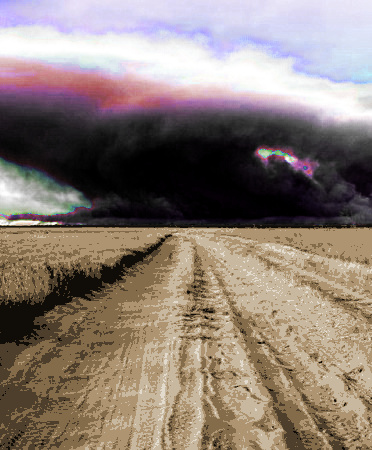Academy calls for climate boost
 Australia is in “urgent” need of more scientists to help the country prepare for climate risks.
Australia is in “urgent” need of more scientists to help the country prepare for climate risks.
The Australian Academy of Science has conducted a review in the wake of last year's decision by CSIRO to sack a majority of its 140 climate scientists.
The academy says at least 77 extra research positions should be created in the next four years to help farmers, businesses and governments prepare for the effects of increased climate variability.
“Climate change is affecting and will affect every business and every bit of the environment in Australia,” Professor Trevor McDougall, who led the review, has told the Sydney Morning Herald.
He said Australia needed to be able to answer questions about how the changing climate will affect rainfall and evaporation in the Murray Darling Basin.
“That's an issue models in the northern hemisphere won't even look at,” he said.
It is especially important for a climate-diverse nation with a population living mostly near the coast.
“Coastal inundation is a complex issue which looks at the interaction between sea levels, which are increasing, storm intensity, which is also likely to change within a warming planet, and also the structure of the coastline,” said Graeme Pearman, a former CSIRO climate chief.
“It's highly specific and it's not something you can use in a global model – you have to have detailed information about particular areas of the coastline.”
Environment and energy minister Josh Frydenberg said the government's National Climate Science Advisory Committee would look at the review.
But Frydenberg said the report itself showed Australia has a “substantial climate science capability” and “well-funded and supported” climate science infrastructure.
The Turnbull Government recently invested $37 million in a new CSIRO Climate Science Centre in Hobart with 40 staff, $23.9 million for a climate change hub as part of the National Environmental Science Program, and says it will put $255 million into the Australian Antarctic Strategy, some of which will go to climate research.
The Academy report says dozens more roles should be created in climate modelling, which is lagging due to a shortage of computer scientists and software engineers.
This need has become “particularly acute in the past few years as the complexity and size of climate models has continued to increase”, the Academy said.
“In terms of adaptation, you need to have answers at the farm level or at least the council level, rather than [just] the state level,” Professor McDougall said.
There is a team currently working on Australia's central weather and climate model, ACCESS, that is “a small fraction of the size of groups building equivalent models” around the world, the report states.
Experts in micrometeorology, boundary-layer dynamics and multi-year forecasting are missing too.
The report also criticised the short-term nature of many climate research contracts.
It also called for the Antarctic Climate and Ecosystems Co-operative Research Centre and its 26 full-time staff to be funded beyond 2019, and for a dedicated climate centre to co-ordinate national funding and speed up research applications.
The Academy says the Bureau of Meteorology or the CSIRO would be a good home for such a centre.








 Print
Print